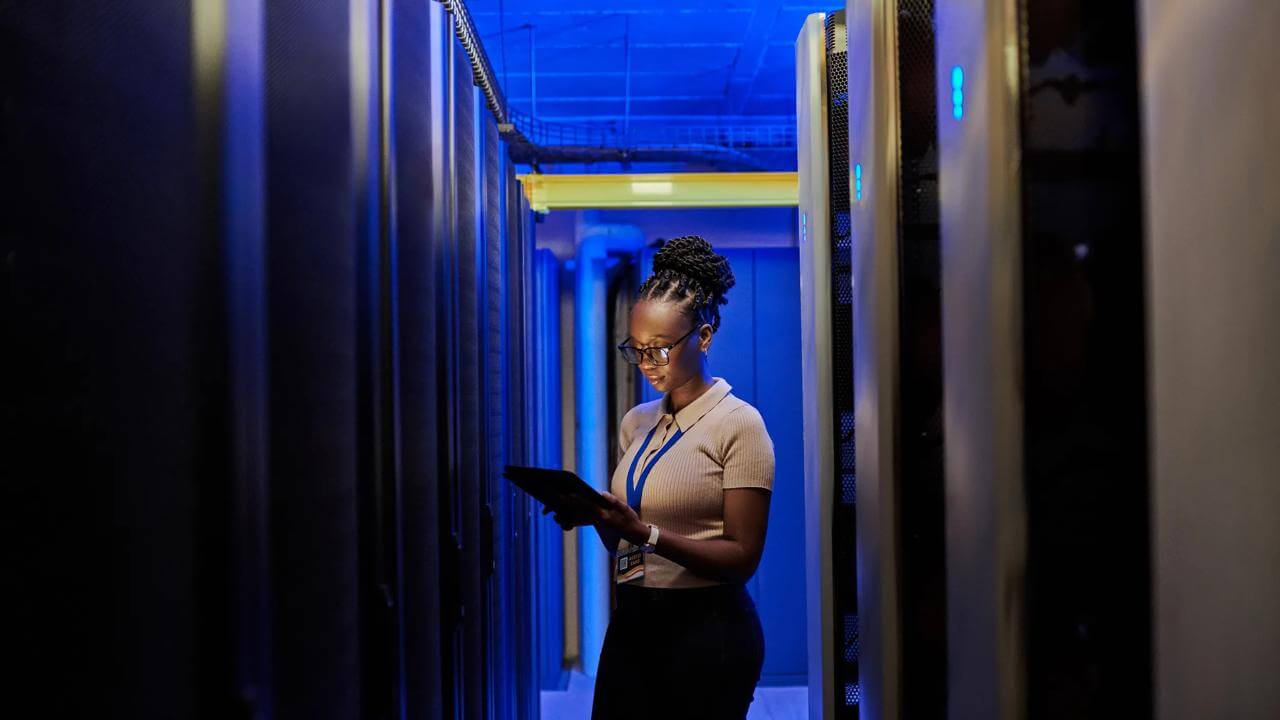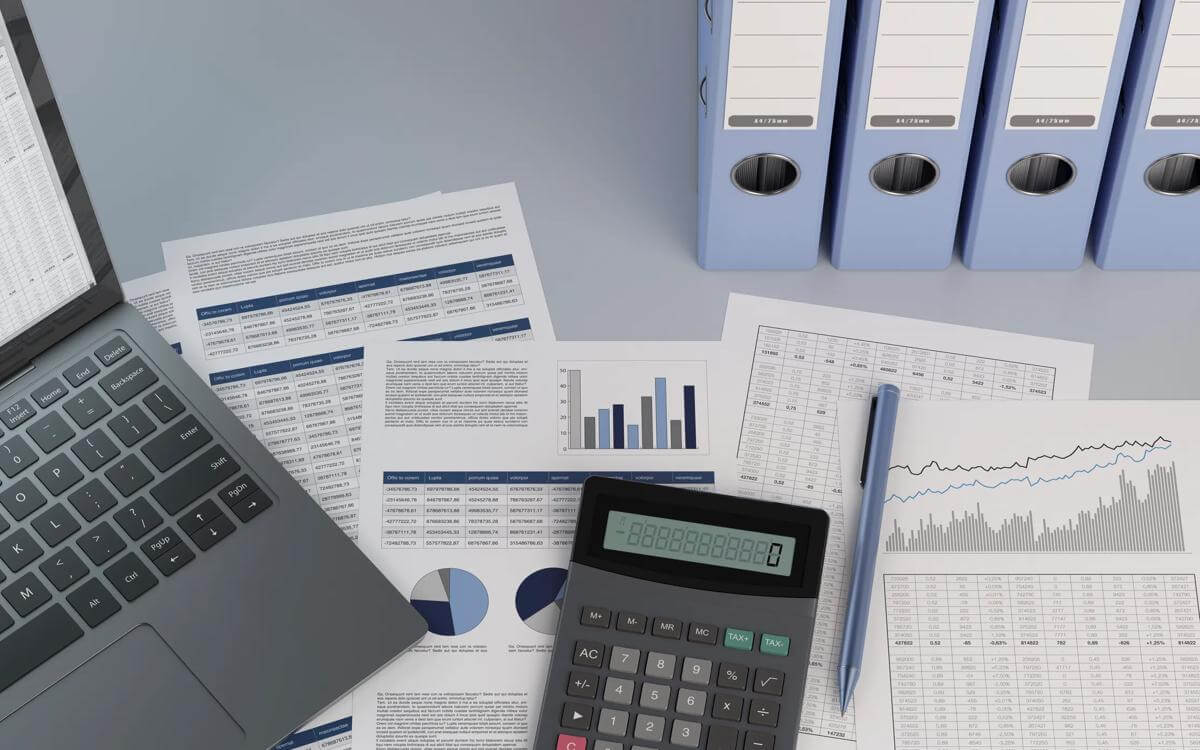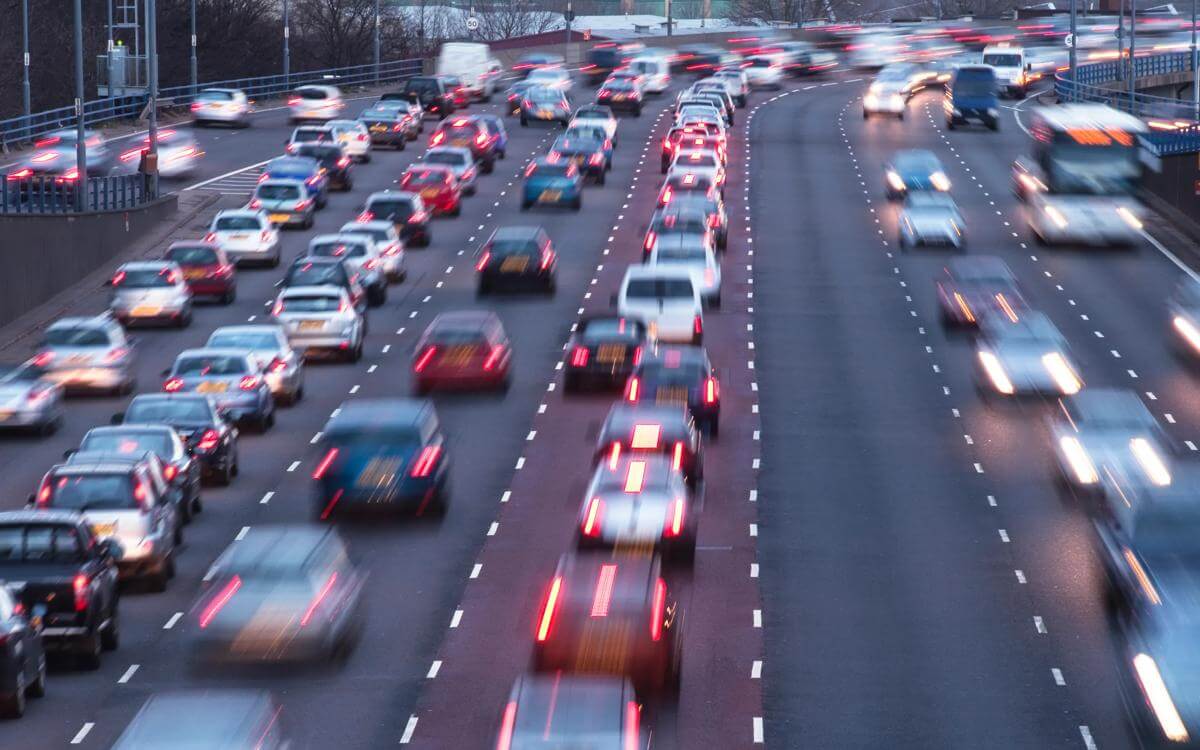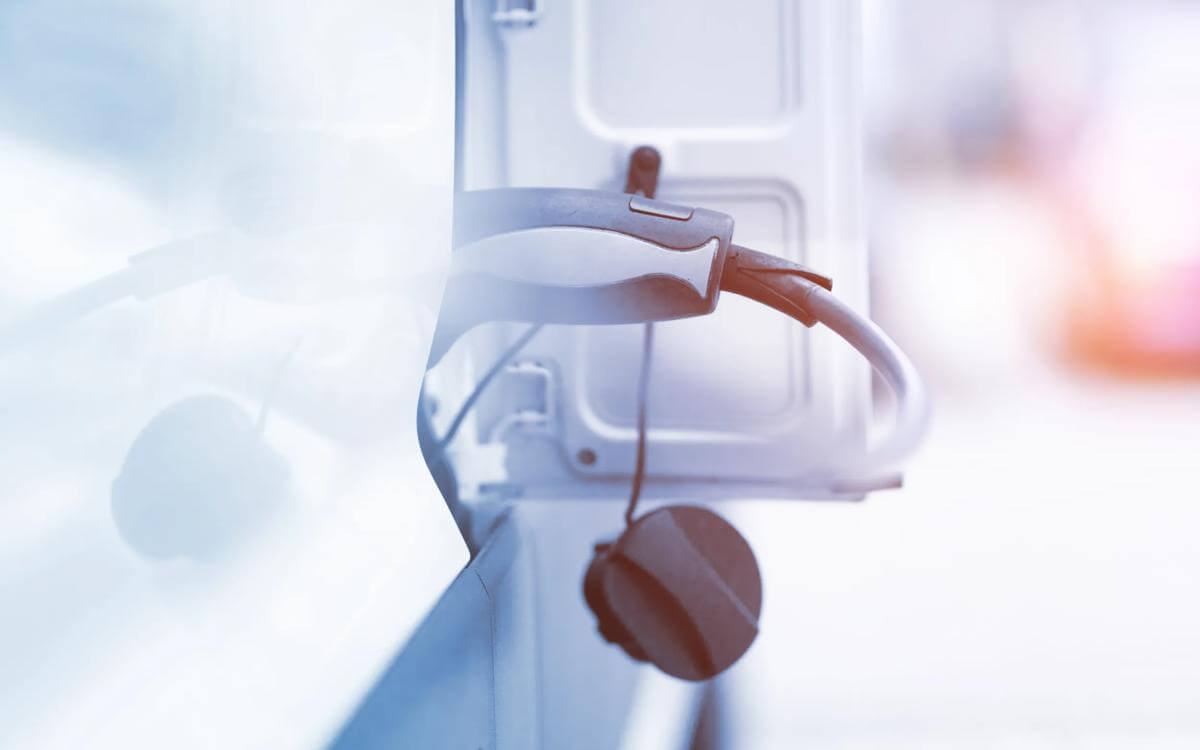Bi-directional charging is an emerging feature in the world of electric vehicles (EVs).
This innovative technology allows EVs not only to receive power but also to distribute it, presenting a versatile range of uses that extend beyond traditional vehicle charging; however, this also gives rise to new considerations for insurers.
What is bi-directional charging?
Bi-directional charging equips EVs to act as adaptable energy resources with the ability to both absorb and distribute electricity. This innovation enables EVs to power other vehicles, run devices such as power tools, and supply power to homes or buildings in the event of short-term power failures.
The variety of uses
These uses are part of the wider concept of Vehicle-to-X energy (V2X), which covers all types of energy interactions between EVs and external entities.
Vehicle-to-grid (V2G): This would allow multiple EVs to connect to the power grid, allowing them to act as distributed energy resources. In this model, electric cars serve not only their drivers but the wider community as mobile energy storage units.
Vehicle-to-home (V2H): EVs often retain unused energy in their batteries while parked up. V2H technology harnesses this surplus by transferring the energy from the vehicle into the home's electrical system, where it can be used to operate domestic appliances and systems within the home.
Vehicle-to-load (V2L): This option serves as a power supply for external gadgets such as laptops, smartphones, or e-scooters. Numerous EVs are fitted with built-in sockets that enable direct connection and charging of various electronic devices. This option would be a reliable back-up during emergencies.
Insurance implications and legal considerations
The rise of bi-directional charging also raises several questions regarding insurance coverage and liability.
- There is currently a lack of clarity on how insurance policies would respond to property damage losses directly linked to the use of this technology.
- Additionally, there are potential liability issues to consider. For example, when an EV is used to charge a power tool, does this count as “use of a vehicle on a public highway” under the Road Traffic Act 1988
These questions highlight the need for clear guidelines and adjustments in existing insurance policies to accommodate the uses of EVs equipped with bi-directional charging. As many policies were drafted before the common use of bi-directional charging (and EVs in general), they do not expressly address these issues.
Insurers are advised to consider firstly that their wordings respond in the way they want, and also that the language is clear so customers know what to expect in the event of an incident.
Bi-directional charging represents a significant step forward in the evolution of EVs, promising enhanced utility and flexibility. As the technology continues to develop, it will be interesting to see how various industries adapt to its potential.
Contents
- Insurance Insights: The Word, September 2025
- What does the new offence under the ECCTA 2023 mean for corporate accountability and insurers?
- E-bikes and e-scooters in the UK: New research challenges safety assumptions
- Marine insurers face coverage uncertainty as GPS spoofing incidents rise
- The insurance industry’s battle with jargon: The fight continues
- Insurance wordings simplification receives international innovation award
- London shopfront vandalism: Rising criminal damage and insurance implications for retailers

Tim Johnson
Partner
tim.johnson@brownejacobson.com
+44 (0)115 976 6557










































